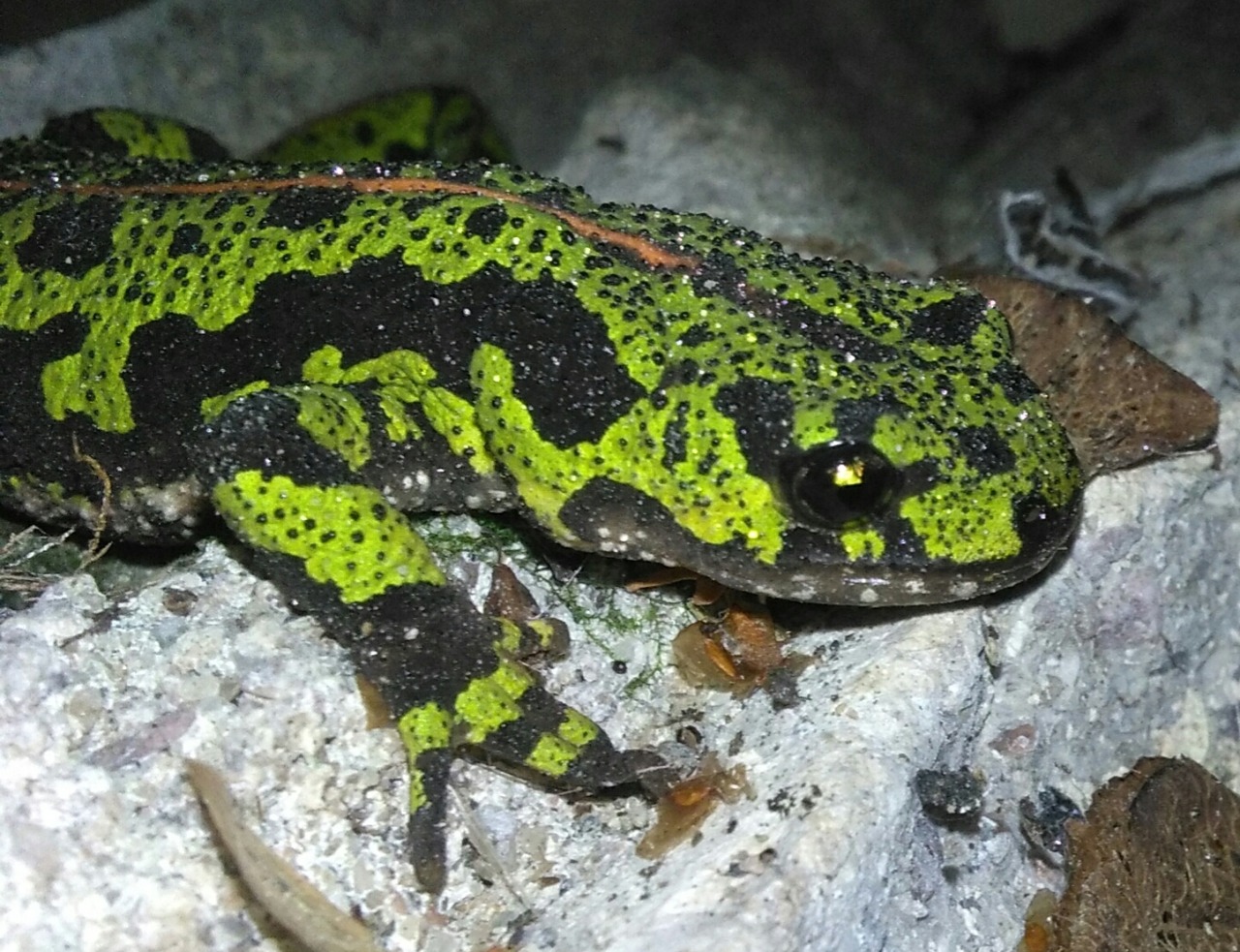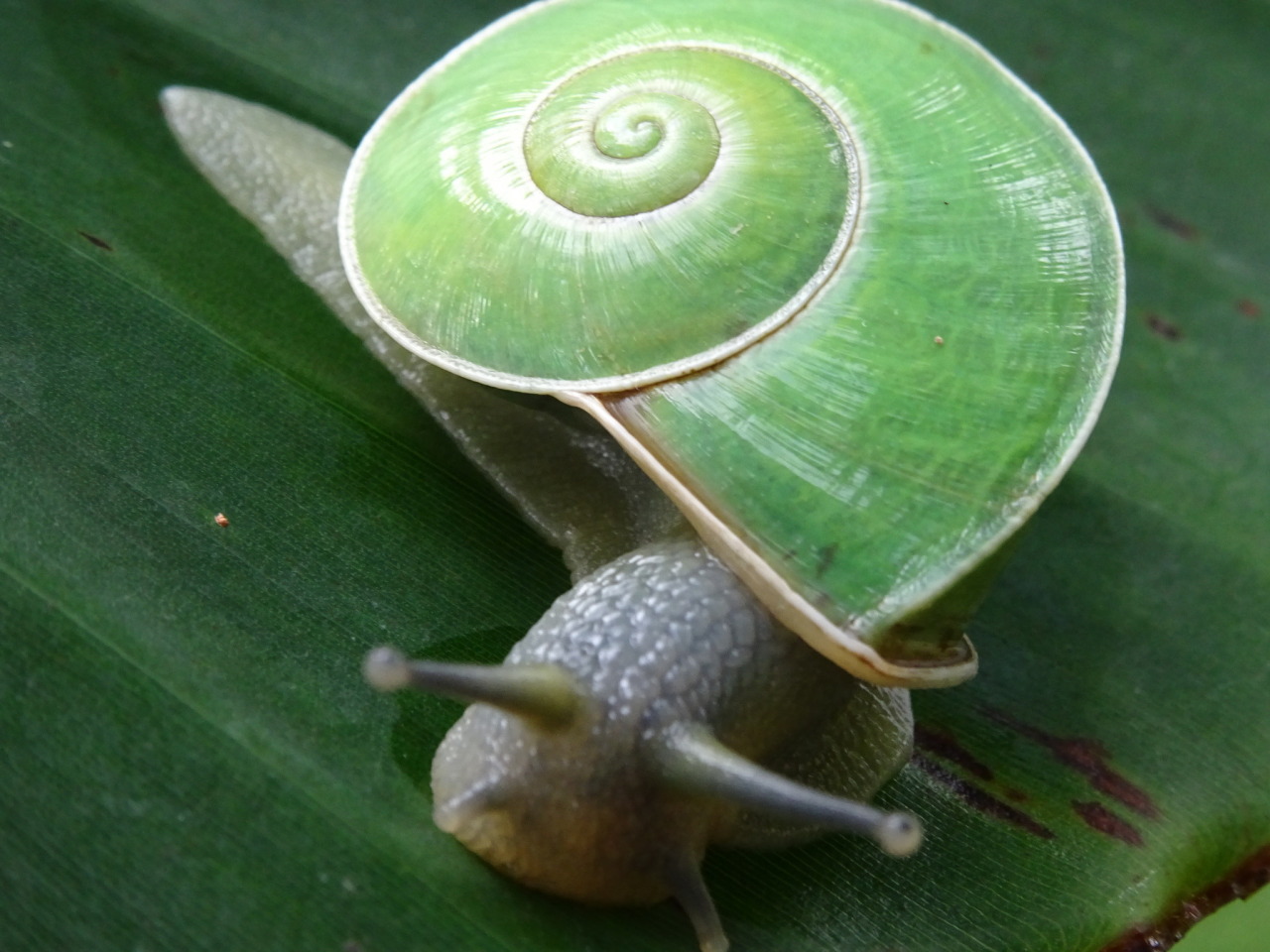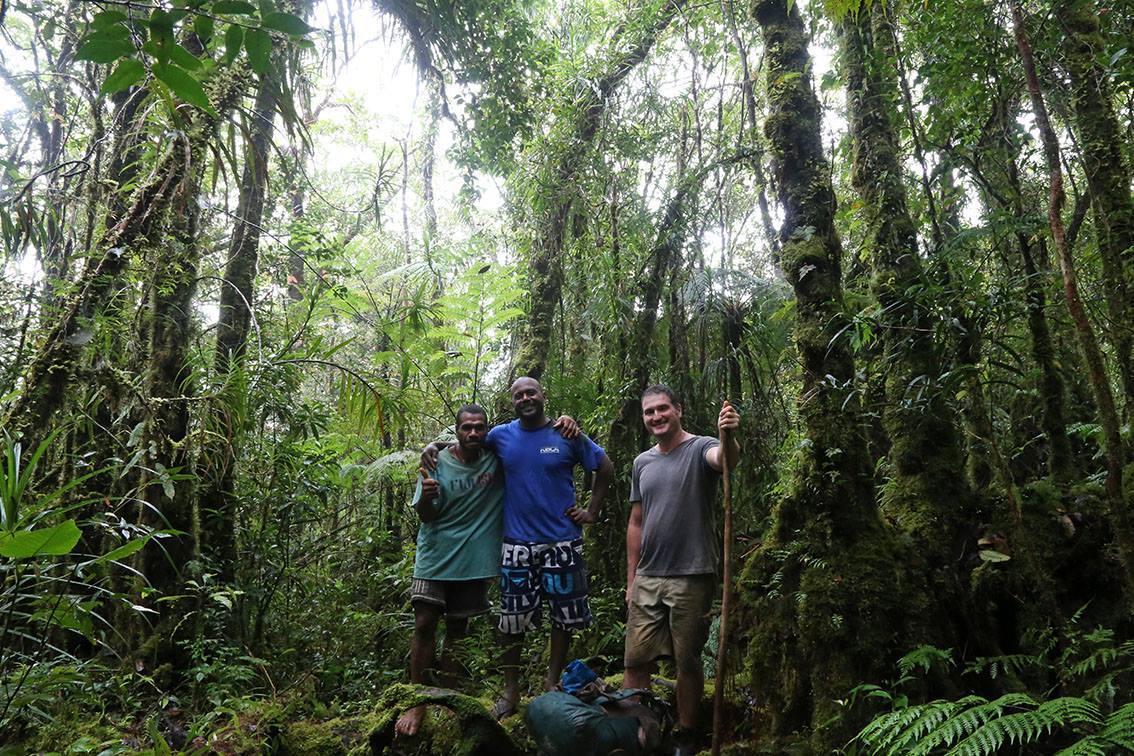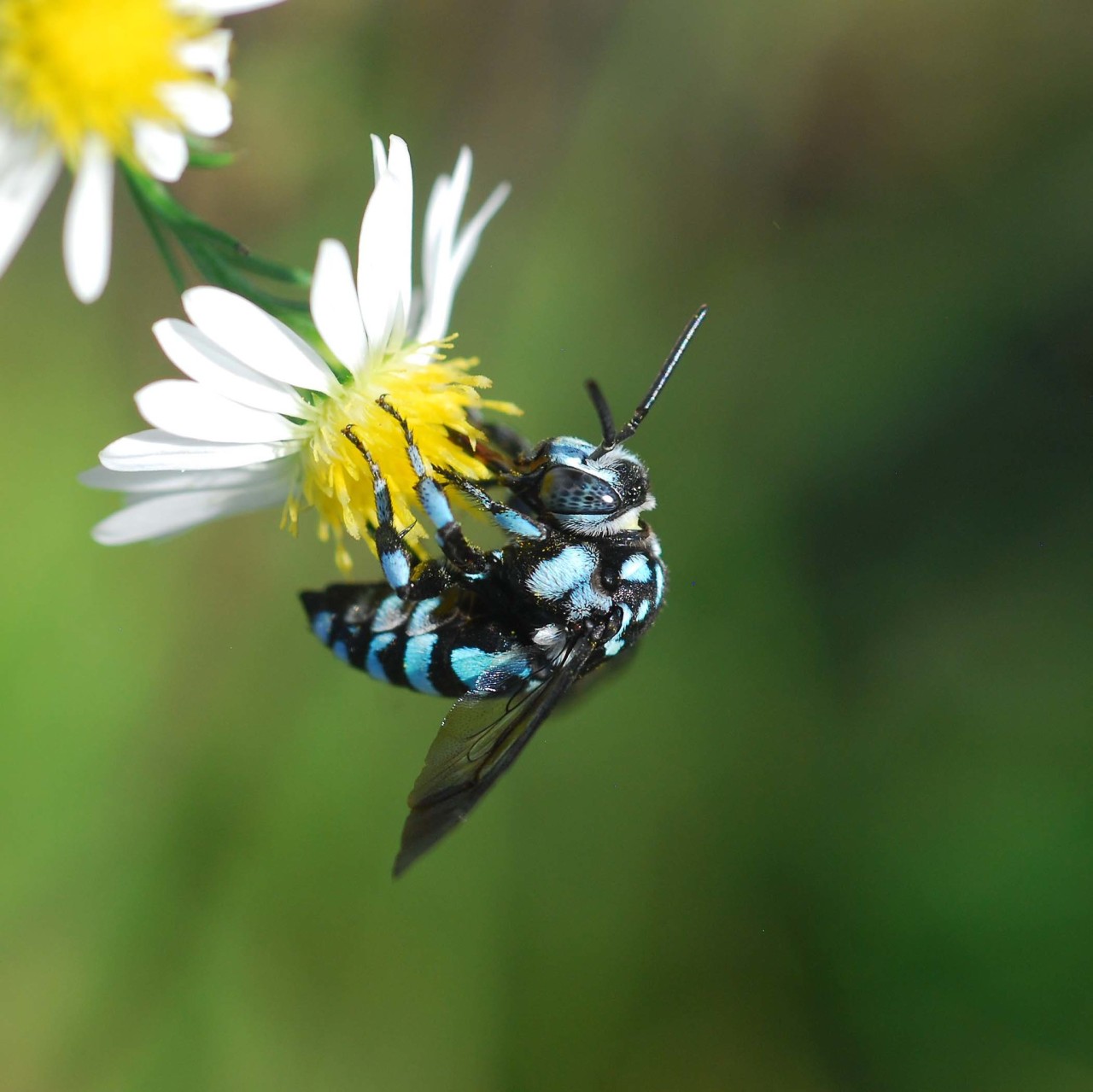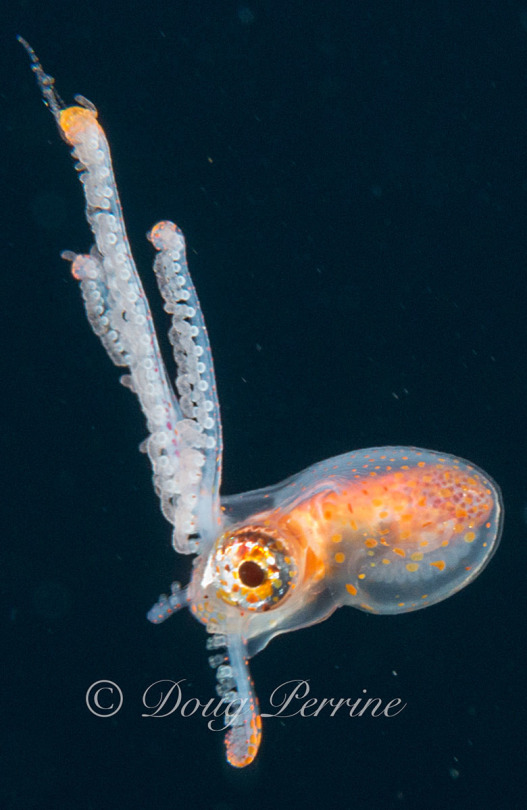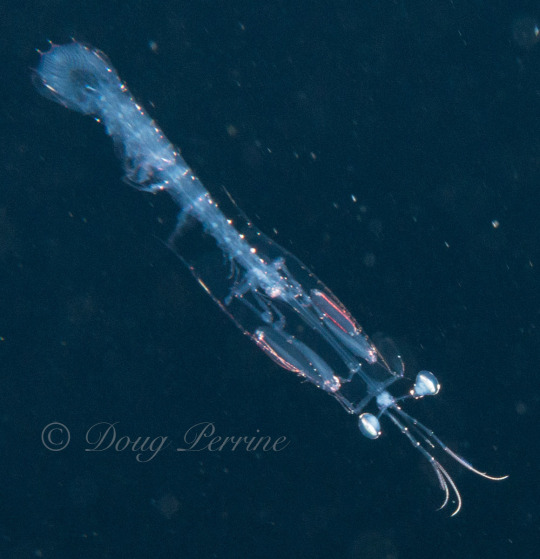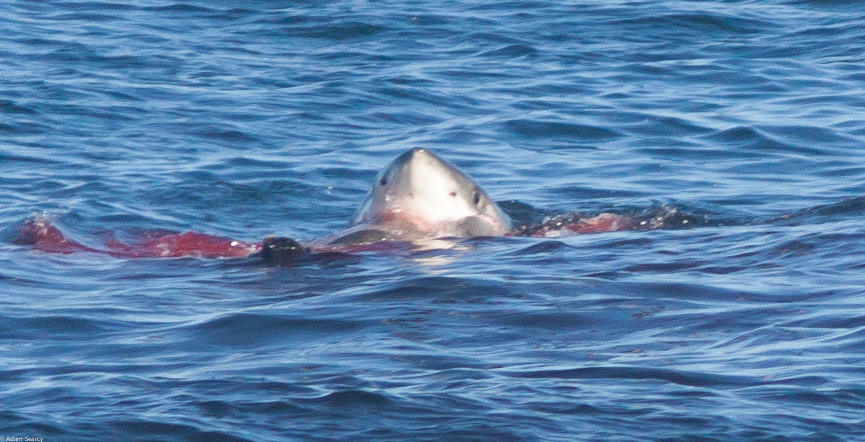Observation of the Week, 10/1/16

This Boto seen in Colombia by @eirikralexandros is our Observation of the Week!
When most people think of dolphins, I imagine they’re picturing greyish dolphins cavorting in the open ocean or at the mouths of bays. However, there are several species of freshwater dolphins who live in the large rivers of the world; the Ganges and Indus rivers are home to the endangered South Asian River dolphin, and the now functionally extinct Chinese River Dolphin lived only in the Yangtze river. The largest of the river dolphins are the Amazon river dolphins (also known as Boto), found throughout six countries in South America, and growing up to 8.2 ft (2.5m) in length and 408 lbs (185 kg) in weight. They often take on a pinkish hue as adults, and have the widest prey variety of any toothed whale, having been recorded eating at least 53 species of fish. They’ll event team up with giant otters and tucuxi (a distant relative) when hunting!
Eirick Pinilla was a field veterinarian for his university when he photographed the above Boto. “We had to catch some monkeys for genetics studies and we moved between base camps (exclusively by water transportation),” he says. “So that day I was arriving to ‘Lagos de Tarapoto’ base camp and just before disembarking and merely a few meters away from the river bank a couple of dolphins ‘grabbed the spotlight.’” A pretty spectacular sight.
Eirick says he’s always been interested in nature, which is what led him to his current career as a wildlife veterinarian and conservationist. And while he loves all animals, his favorites are “bats, owls, snakes and basically whatever thrives at night.”
“I've found iNaturalist the right tool to share my experiences and the little knowledge I've got about nature,” he says. “I must confess I'm a lot more interested in photography now (that I know iNaturalist) and in freezing those special moments so that other people can enjoy them as much as I do.”
- by Tony Iwane
- Some nice footage of Amazon river dolphins, courtesy of the BBC.
- Sonar engineers attempt to accurately survey the Ganges river dolphin, to aid in its conservation.



